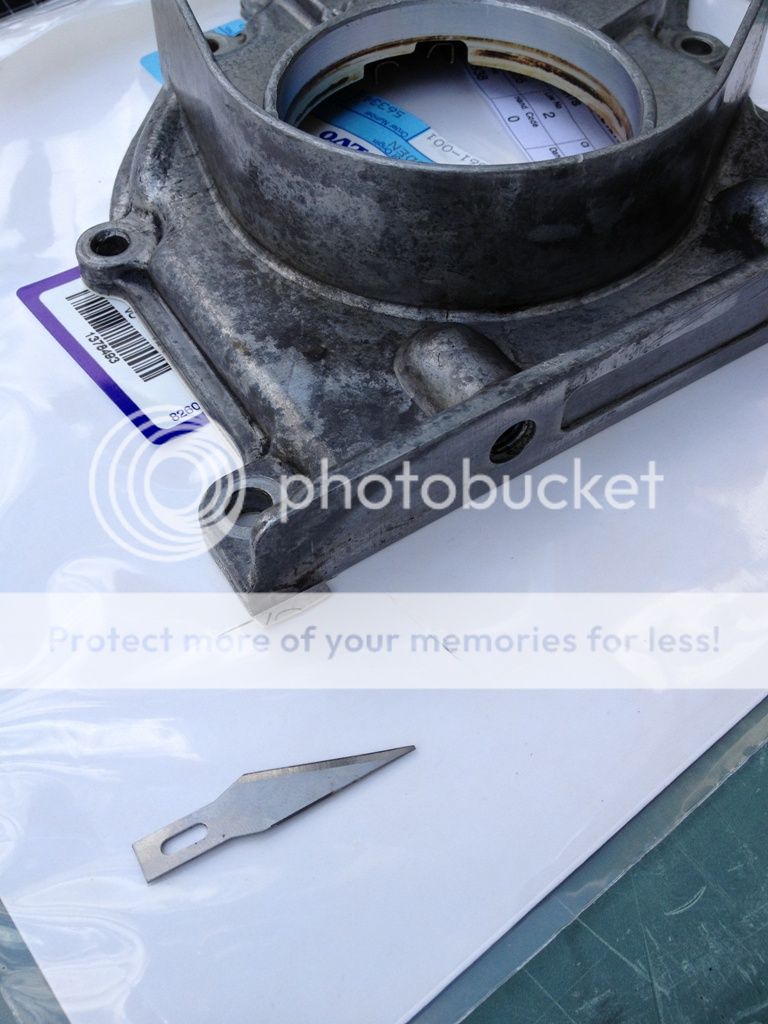|
I would order a new seal, one that's not open at the bottom if others are sure it shouldn't be open there. I'm sure you could make out of thick paper, but how much trouble was it to get to this point in the repair, and do you want to save $10 to risk having to do it again?
On pushing the seals in, there's info on that about the Rear Main Seal (RMS). The rule of thumb I remember is that you just care that the sealing surface is clean, smooth, and not worn smaller than the rest of the shaft.
I took this to translate to a) remove any rust with a scouring pad or 00/000 steel wool and b)Push the seal in about 1/2 to 1 seal width past its original position.
The seal actually has a lip on it that's in about the middle of the seal body. This lip is what seals and needs a smooth surface to ride on. As long as you get that past (or less deep than) heavily worn spots, it should work for you.
The farther in you put it, the harder it will be to get it out.
To keep the seal from flipping inside out, I found it useful to stick a lubricated piece of plastic rolled into a cone/cylinder to help install the seal. The RMS comes with a little plastic piece that can be used to help install it, and I basically just made my own for the front cam seal.
Good luck!
|
